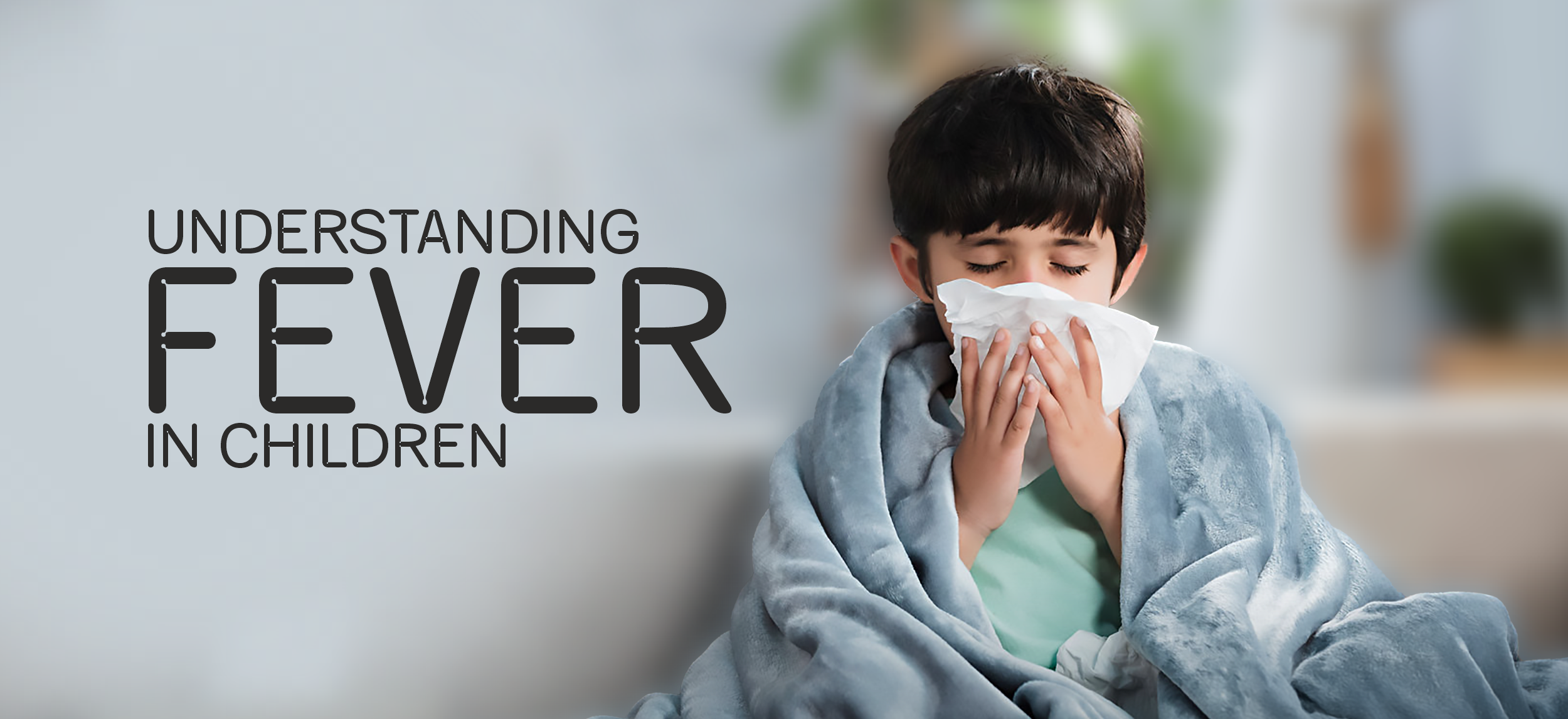Categories
Biliary Atresia: Symptoms, Causes, Types & Treatment
Jun 10, 2025
It is not easy for any parent to face the possibility that their newborn might be unwell, especially when the signs are initially subtle. A touch of jaundice, pale stools, perhaps a distended tummy. While these may seem harmless in the early weeks of life, they can sometimes point to a serious liver condition called Biliary Atresia. At Rainbow Hospitals, we have walked alongside countless families through this journey, offering timely diagnosis, advanced treatment, and unwavering support. Even this complex condition can be managed with the right care, giving your child a chance at a full and healthy life. In this article, we will tell you all you need to know about biliary atresia, symptoms and causes to types, treatment options, and the hope that modern pediatric liver care brings. We understand how deeply distressing it can be for parents to hear that their newborn has a liver condition, especially one as complex as biliary atresia. But with early diagnosis, the right medical approach, and compassionate care, children can still enjoy healthy, active lives.
What Is Biliary Atresia?
It is a rare yet serious liver condition that affects infants. It occurs when the bile ducts or tubes that carry bile from the liver to the gall bladder and small intestine are blocked, absent, or abnormally narrow. Without proper bile flow, waste builds up in the liver, leading to liver damage, scarring (cirrhosis), and eventually liver failure if left untreated. Though the condition is not preventable, early medical attention can make a remarkable difference in outcomes.Symptoms of Biliary Atresia
The symptoms usually become noticeable a few weeks after birth. Parents are often the first to observe something unusual. Look out for: Persistent Jaundice: Yellowing of the skin and eyes beyond two weeks after birth Dark Urine: A deep yellow or brownish color, despite adequate hydration Pale or Clay-Coloured Stools: A sign that bile is not reaching the intestines Swollen Abdomen: Caused by fluid buildup or an enlarged liver Poor weight gain These signs should never be ignored. If your baby has persistent jaundice or abnormal stool and urine color, consult a pediatric liver specialist immediately.What Causes Biliary Atresia?
The exact cause remains unclear, but researchers believe it may be due to a combination of factors such as:- Viral infections during or shortly after birth
- Autoimmune responses where the body mistakenly attacks bile duct tissues
- Genetic mutations, though biliary atresia is typically not inherited
Types of Biliary Atresia
It is classified into types based on where the blockage occurs:- Type I: Obstruction of the common bile duct only
- Type II: Involves the hepatic ducts closer to the liver
- Type III: Complete blockage at the level where bile ducts exit the liver and this is a most common condition
Diagnosis Of Biliary Atresia
Early diagnosis is key to protecting your child’s liver function. Investigations include:- Blood tests to assess liver function and bilirubin levels
- Ultrasound and HIDA scan to evaluate bile duct structure and bile flow
- Liver biopsy to detect scarring and inflammation
Intraoperative cholangiogram, a dye test done during surgery to confirm diagnosis
Treatment Options for Biliary Atresia
Kasai Procedure
Also known as Hepatoportoenterostomy, this surgery connects the liver directly to the small intestine, bypassing the damaged bile ducts. It is most successful when performed before the baby is 60 days old. While it can restore bile flow temporarily, it is not a cure for many children will still need a liver transplant later.Pediatric Liver Transplantation
When the liver is too damaged or the Kasai procedure fails, a liver transplant becomes the only life-saving option. Rainbow Hospitals is one of the few centers offering advanced pediatric liver transplantation in Hyderabad, with experienced specialists and child-friendly care. For families in South India, we also collaborate closely with our counterparts offering pediatric liver transplant in Bangalore, ensuring continuity of care, access to expert teams, and high survival outcomes.Why Choose Rainbow Hospitals?
Rainbow Hospitals brings together the best of pediatric hepatology and transplant care under one roof. Our approach includes:- Early diagnosis through specialized imaging and lab support
- Pediatric hepatologists and transplant surgeons with years of experience
- Family-centric counselling so parents can make informed decisions
- Post-operative care and long-term liver health monitoring










